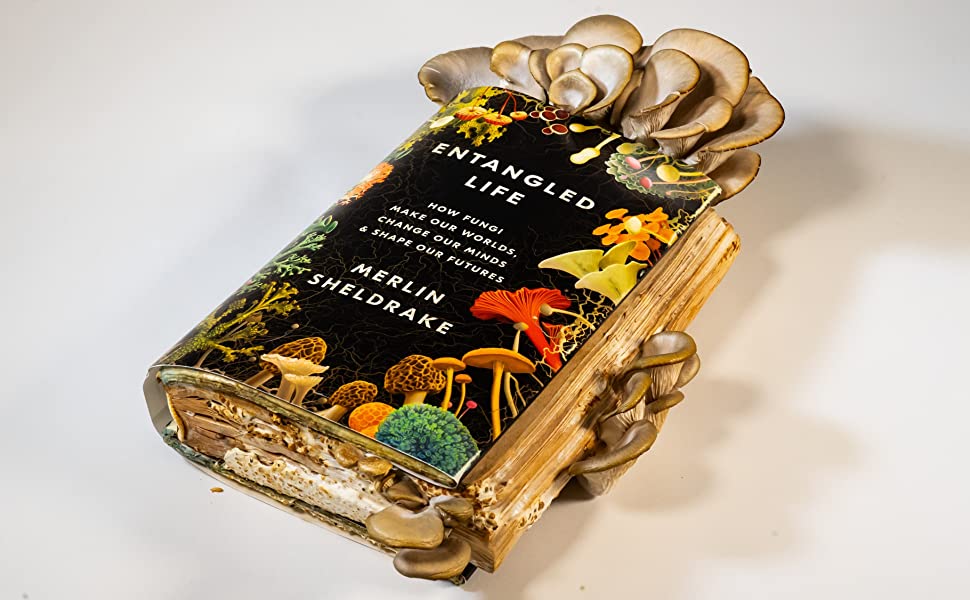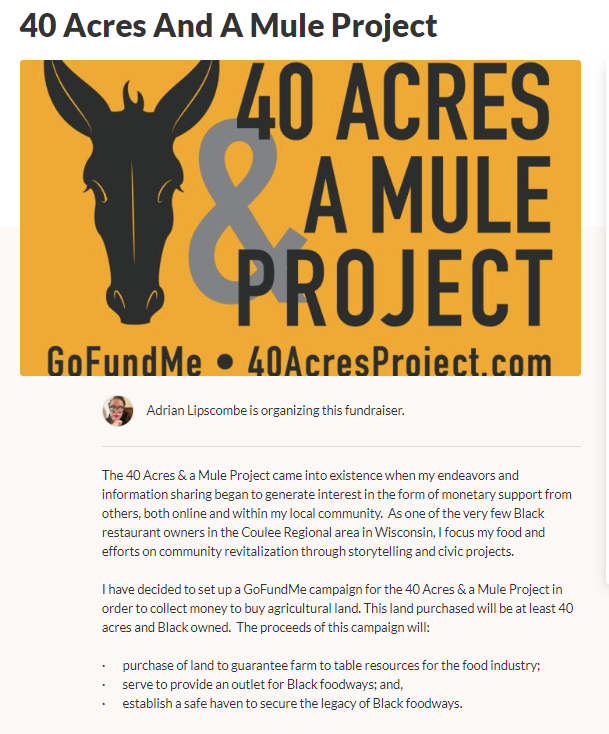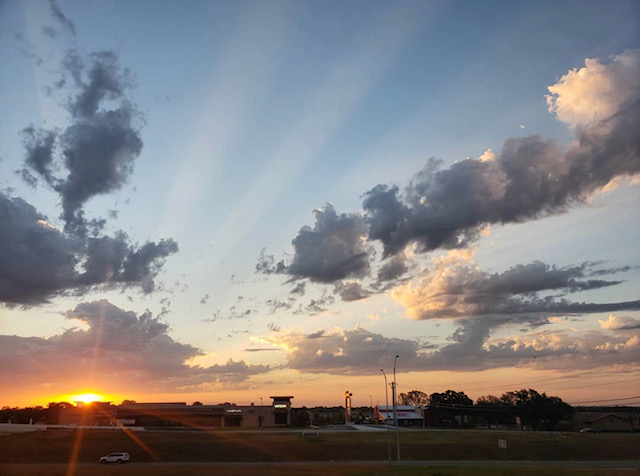
ROASTED ROOT VEGETABLE BOWL
02/09/21 — Ada Broussard
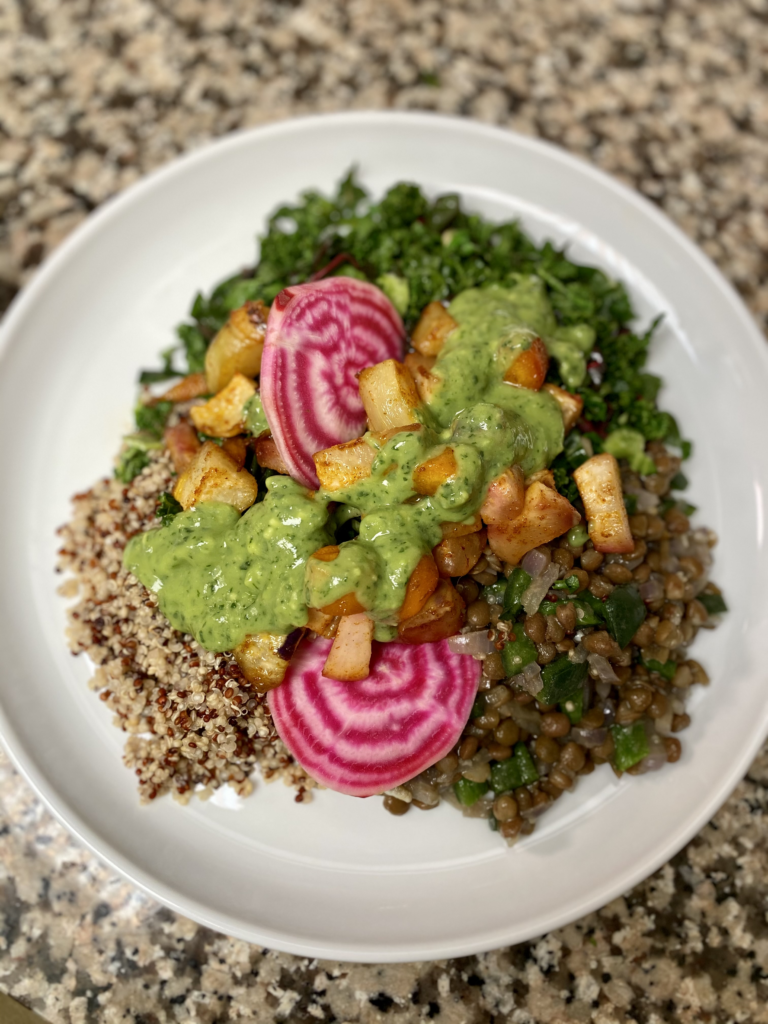
This week's recipe and photo kindly contributed by Ahmad Watson.
Keep it simple using quality ingredients to make the foods you like! When I eat, I try to think about the ways that I can use different ingredients to maximize the nutrient density in order to give my body the fuel it needs to perform at an optimal level. The second I saw my CSA box this month, I knew I had the perfect blend of ingredients to make a Buddha Bowl. A Buddha Bowl is a tasty way to give your body a power pack of nutrients, while leaving you full for a long time—which is everything you could want in a healthy meal! Between the light quinoa, the protein-packed lentils, the lemony crisp leafy greens, the hearty sweet/savory root vegetables, and the sweet and tangy avocado cream sauce, you will be making this recipe again and again, and your body will THANK you!
Follow me @trainerahmad for more healthy recipes and health and wellness tips. I’m all about doing the good things for yourself, to get you a great body, so you can live your best life!
INGREDIENTS FOR THE ROASTED ROOT VEGGIES 4 turnips, diced 3 carrots, diced 1 tbsp olive oil 1 tbsp honey 1 tbsp garlic powder 1 tbsp chili powder 1 tsp kosher salt 1/4 tsp ground black pepper
FOR THE LENTILS 1/2 red onion, diced 1 poblano pepper, diced 4 cloves garlic, minced 1 (15 oz) can lentils (drained and rinsed well) 1 tbsp cumin 1 tsp salt
FOR THE KALE 1 tbsp olive oil 1 tsp lemon juice 3 leaves of kale, thinly sliced 3 leaves of rainbow chard, thinly sliced
FOR THE AVOCADO CREAM SAUCE 2 ripe avocados 1/4 cup oat milk 1 tbsp apple cider vinegar 1 tbsp honey The juice of 1 lime 1/4 cup torn fresh cilantro 1/4 cup torn fresh parsley Salt and pepper (to taste)
FOR THE QUINOA 1 cup Tricolor Quinoa 2 cups water
INSTRUCTIONS ROAST THE SWEET POTATOES Preheat the oven to 400 degrees and place the diced turnips and carrots into a mixing bowl with the oil, honey, and spices and stir to combine. Line a baking sheet with foil and pour the vegetables in a single layer and bake in the oven for 30 minutes. Remove and set aside.
COOK THE LENTILS Heat a pan on the stove with one tbsp olive oil. Add the onions and peppers and sprinkle with salt and pepper. Cook for 2-3 minutes. Add the garlic and cook 1 more minute. Add in the lentils and cumin and stir. Cook for 2 minutes then remove from pan and set aside.
SAUTEE THE GREENS In the same pan you used to cook the lentils, heat one tbsp of olive oil. Toss in the sliced kale and rainbow chard and stir everything together to coat with oil until warmed through. Sprinkle with salt and pepper and top with lemon juice.
MAKE THE AVOCADO CREAM SAUCE Place the avocado, oat milk, apple cider vinegar, one tbsp olive oil, honey, cilantro, parsley, lime juice, salt, and pepper into a blender and blend on high until it forms a creamy sauce.
COOK THE QUINOA Bring quinoa and water to a boil and reduce to simmer covered for about 15 minutes, or until all water is absorbed.
BUILD YOUR BUDDHA BOWL Divide the roasted turnips, lentils, sauteed greens, and quinoa into bowls. Top with some of the avocado cream sauce and garnish with a Chioggia beet, if you'd like! Enjoy!
CSA BOX CONTENTS WEEK OF FEB 8TH
02/05/21 — Farm
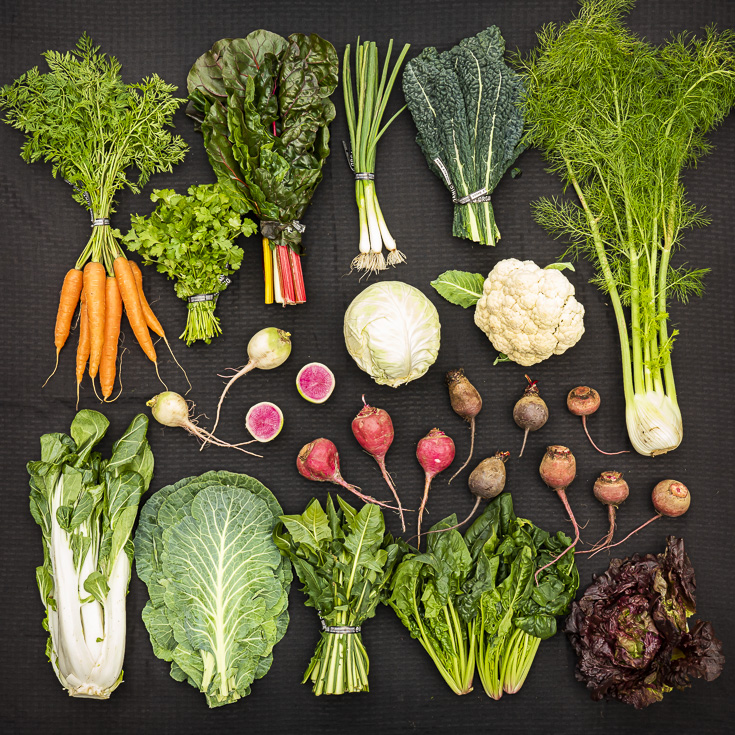 CSA Box Contents Week Of Feb 8th
CSA Box Contents Week Of Feb 8th
Individual: Spring Onion, Bok Choy, Red Lettuce, Dinosaur Kale, Beet, Collard Greens
Small: Beet, Carrot, Bok Choy, Red Lettuce, Collard Greens, Farmer's Choice Herb, Fennel, Cauliflower
Medium: Arugula, Carrot, Watermelon Radish, Beet, Dandelion Greens, Swiss Chard, Dinosaur Kale, Farmer's Choice Herb, Bok Choy, Spring Onion
Large: Spinach, Carrot, Watermelon Radish, Beet, Dandelion Greens, Dinosaur Kale, Spring Onion, Cauliflower, Cabbage, Red Lettuce, Collard Greens, Farmer's Choice Herb
PHOTOS FROM THE FARM: 2.5.2021
02/05/21 — Ada Broussard
Our farm-photographer, Scott, has likely seen over 500 sunrises at our Garfield, Texas farm. The sunrise, and subsequent clouds, were particularly beautiful this week. Scroll below to see what we're talking about.
![]() A blanket of orange and lavender clouds, think like cotton. Photo by Scott David Gordon.
A blanket of orange and lavender clouds, think like cotton. Photo by Scott David Gordon.
![]() The first light of the day, making those greens pop. Photo by Scott David Gordon.
The first light of the day, making those greens pop. Photo by Scott David Gordon.
![]() And now for the clouds. And carrots. Photo by Scott David Gordon.
And now for the clouds. And carrots. Photo by Scott David Gordon.
![]() A tunnel of clouds. Photo by Scott David Gordon.
A tunnel of clouds. Photo by Scott David Gordon.
![]() Red and green mustards, made more red, and more green, by their partnership. Photo by Scott David Gordon.
Red and green mustards, made more red, and more green, by their partnership. Photo by Scott David Gordon.
![]() Fruit tree cuttings, rooting in our fields. Photo by Scott David Gordon.
Fruit tree cuttings, rooting in our fields. Photo by Scott David Gordon.
![]() Dino kale looking good. Photo by Scott David Gordon.
Dino kale looking good. Photo by Scott David Gordon.
![]() Tiny romaine lettuces, destined for greatness. Photo by Scott David Gordon.
Tiny romaine lettuces, destined for greatness. Photo by Scott David Gordon.
![]() Kale transplants, awaiting their moment to shine. Photo by Scott David Gordon.
Kale transplants, awaiting their moment to shine. Photo by Scott David Gordon.
![]() Gianna's office, our greenhouse, is especially full and especially busy these days. Photo by Scott David Gordon.
Gianna's office, our greenhouse, is especially full and especially busy these days. Photo by Scott David Gordon.
![]() This makes us giddy with excitement! Transplant sale announcement is coming sooooon! Photo by Scott David Gordon.
This makes us giddy with excitement! Transplant sale announcement is coming sooooon! Photo by Scott David Gordon.
![]() Photo by Scott David Gordon.
Photo by Scott David Gordon.
 A blanket of orange and lavender clouds, think like cotton. Photo by Scott David Gordon.
A blanket of orange and lavender clouds, think like cotton. Photo by Scott David Gordon.
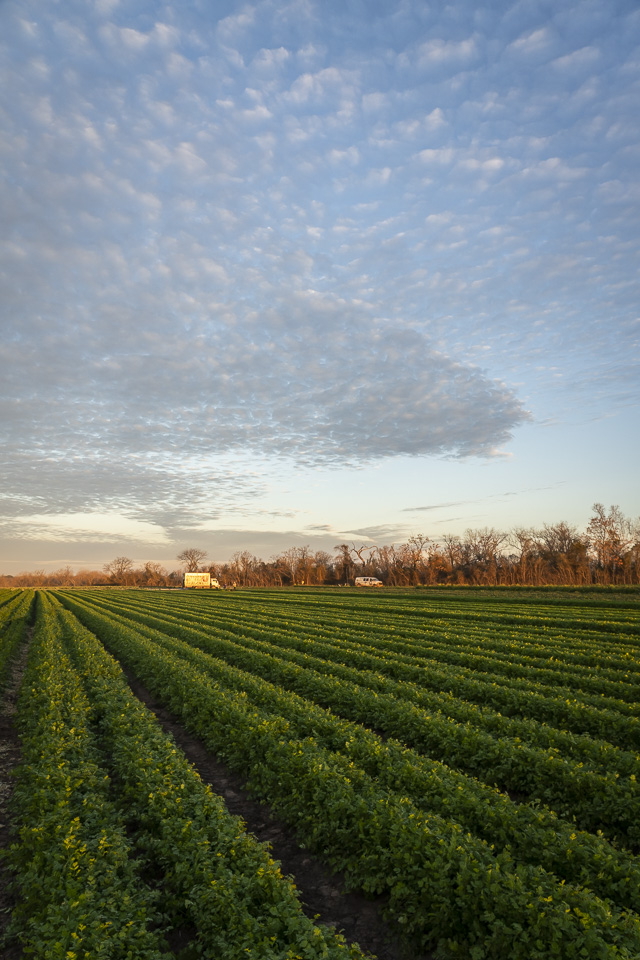 The first light of the day, making those greens pop. Photo by Scott David Gordon.
The first light of the day, making those greens pop. Photo by Scott David Gordon.
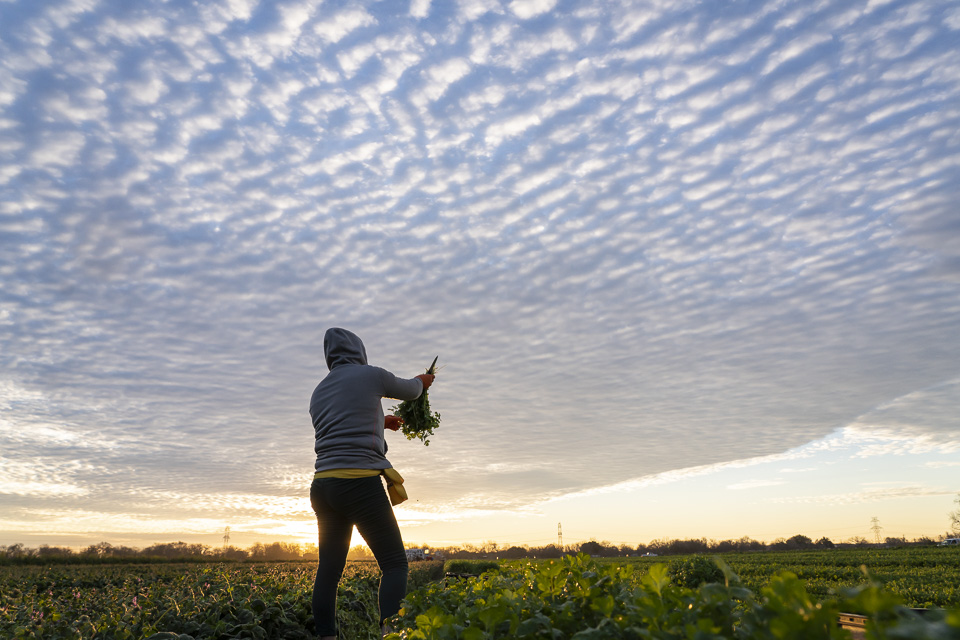 And now for the clouds. And carrots. Photo by Scott David Gordon.
And now for the clouds. And carrots. Photo by Scott David Gordon.
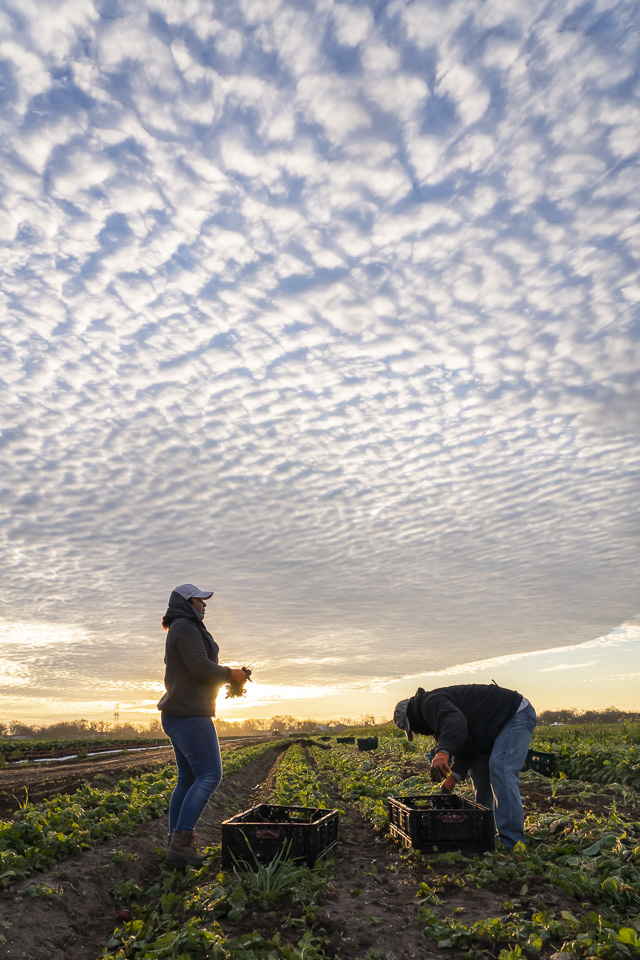 A tunnel of clouds. Photo by Scott David Gordon.
A tunnel of clouds. Photo by Scott David Gordon.
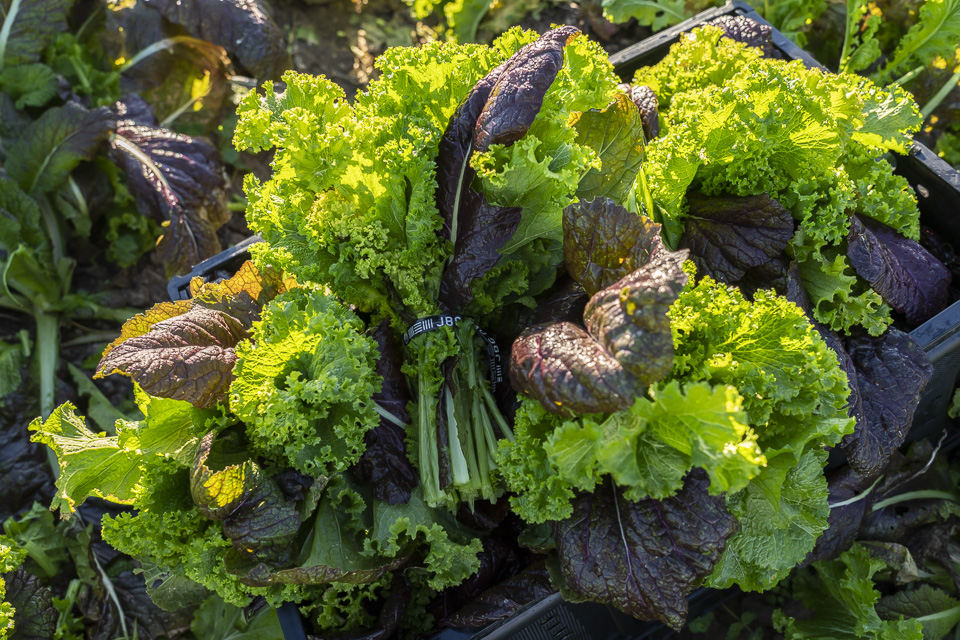 Red and green mustards, made more red, and more green, by their partnership. Photo by Scott David Gordon.
Red and green mustards, made more red, and more green, by their partnership. Photo by Scott David Gordon.
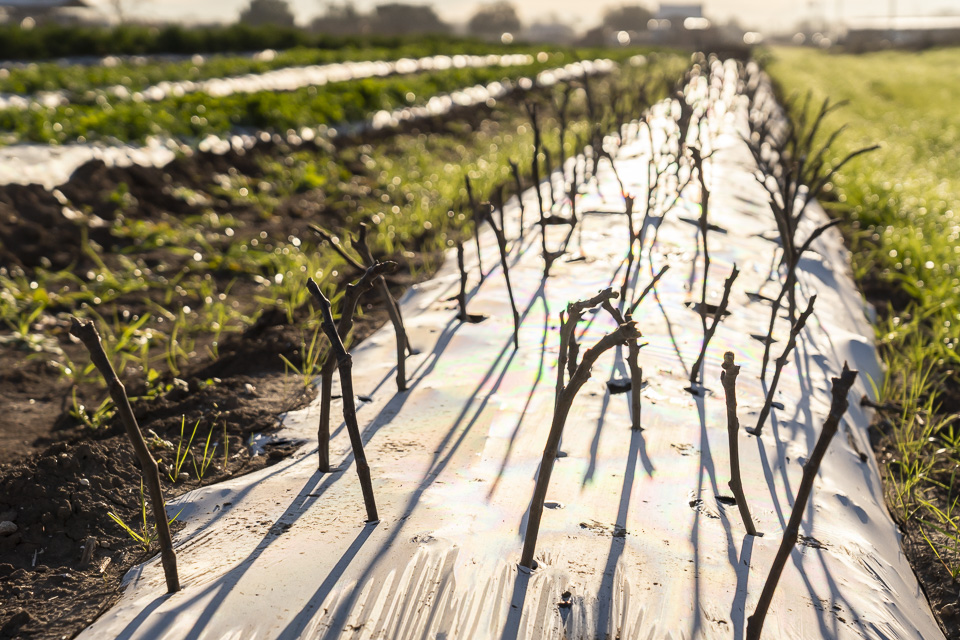 Fruit tree cuttings, rooting in our fields. Photo by Scott David Gordon.
Fruit tree cuttings, rooting in our fields. Photo by Scott David Gordon.
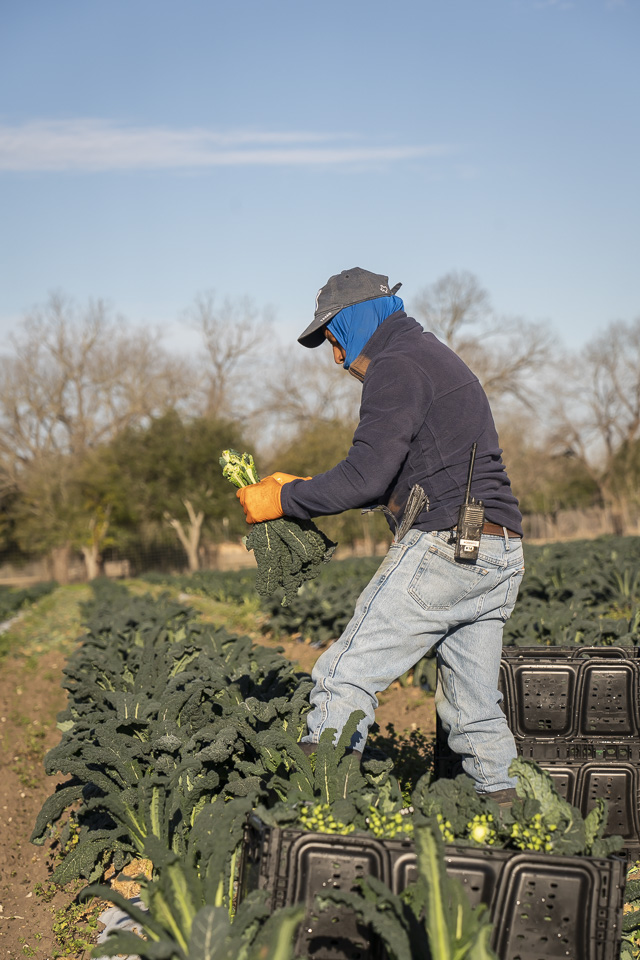 Dino kale looking good. Photo by Scott David Gordon.
Dino kale looking good. Photo by Scott David Gordon.
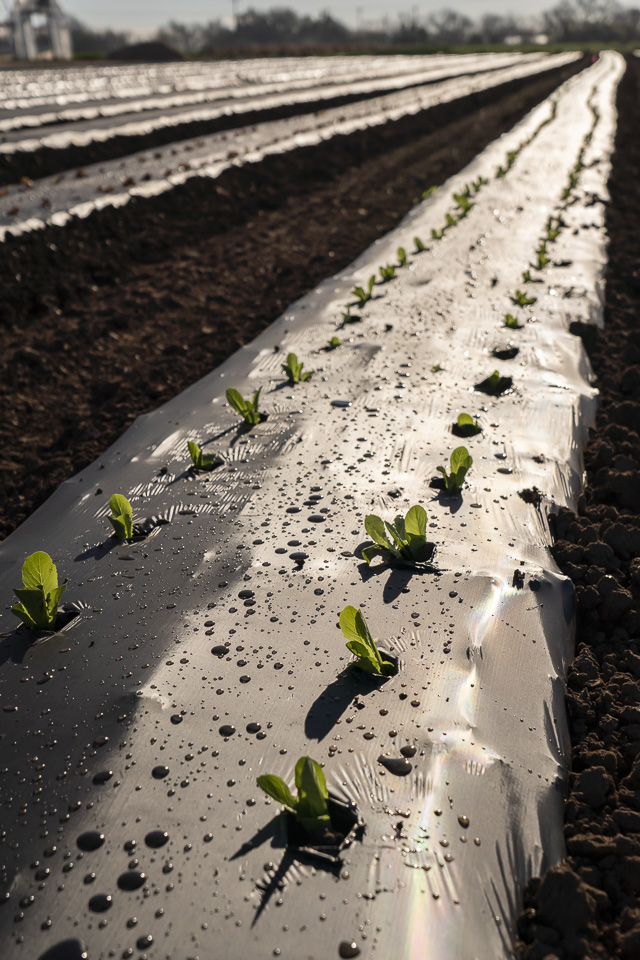 Tiny romaine lettuces, destined for greatness. Photo by Scott David Gordon.
Tiny romaine lettuces, destined for greatness. Photo by Scott David Gordon.
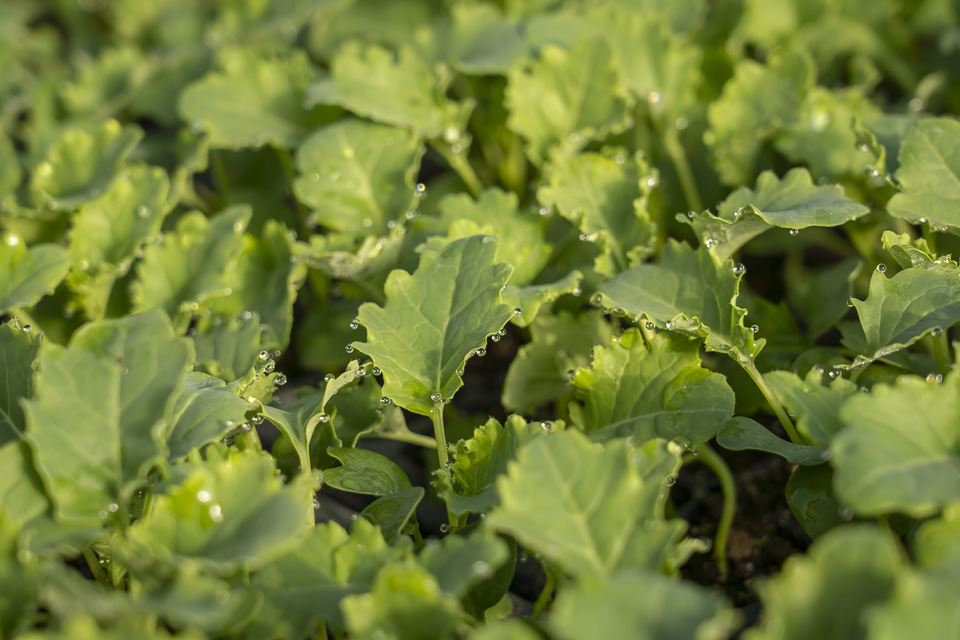 Kale transplants, awaiting their moment to shine. Photo by Scott David Gordon.
Kale transplants, awaiting their moment to shine. Photo by Scott David Gordon.
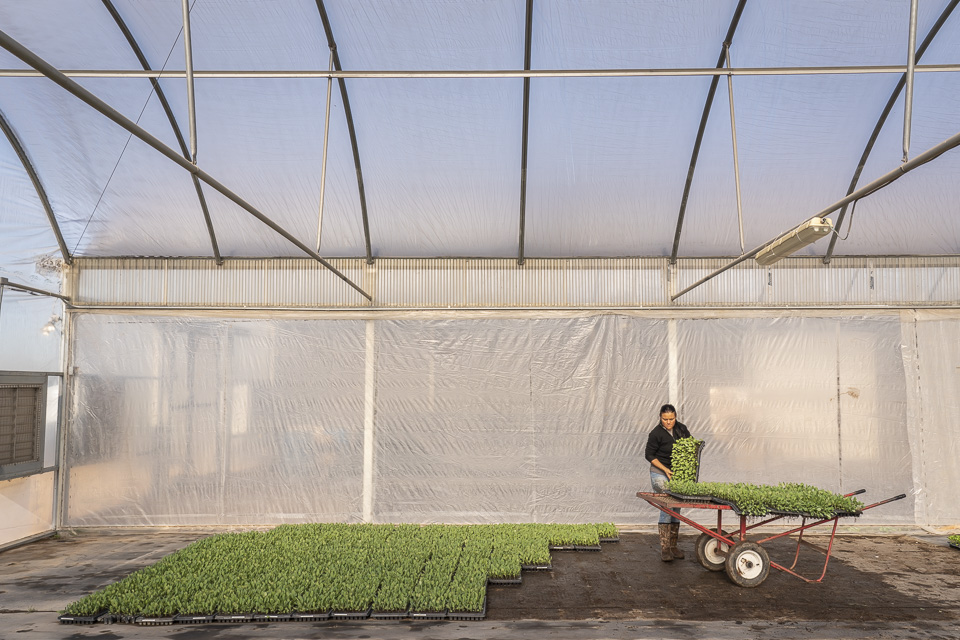 Gianna's office, our greenhouse, is especially full and especially busy these days. Photo by Scott David Gordon.
Gianna's office, our greenhouse, is especially full and especially busy these days. Photo by Scott David Gordon.
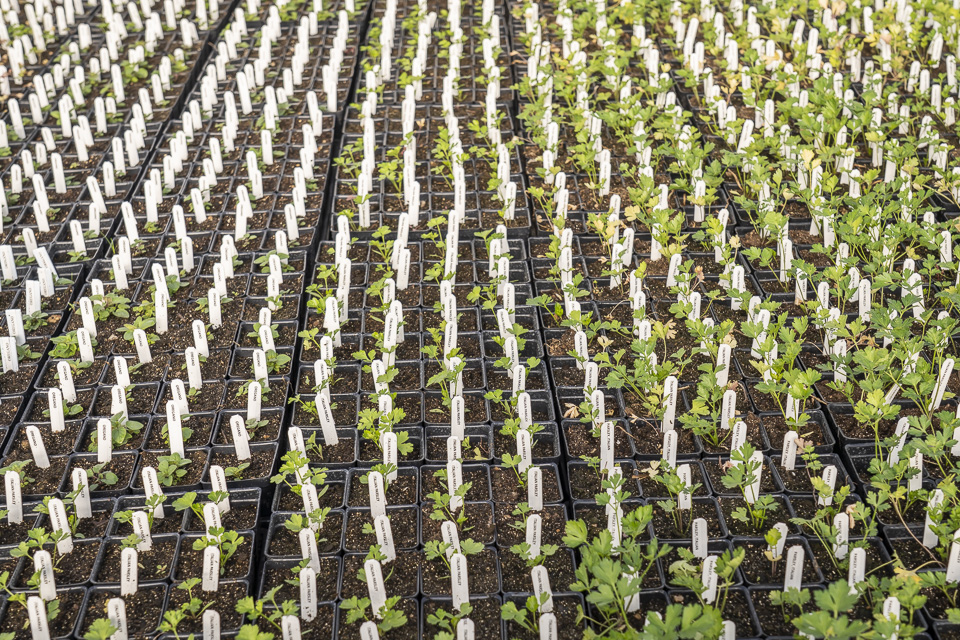 This makes us giddy with excitement! Transplant sale announcement is coming sooooon! Photo by Scott David Gordon.
This makes us giddy with excitement! Transplant sale announcement is coming sooooon! Photo by Scott David Gordon.
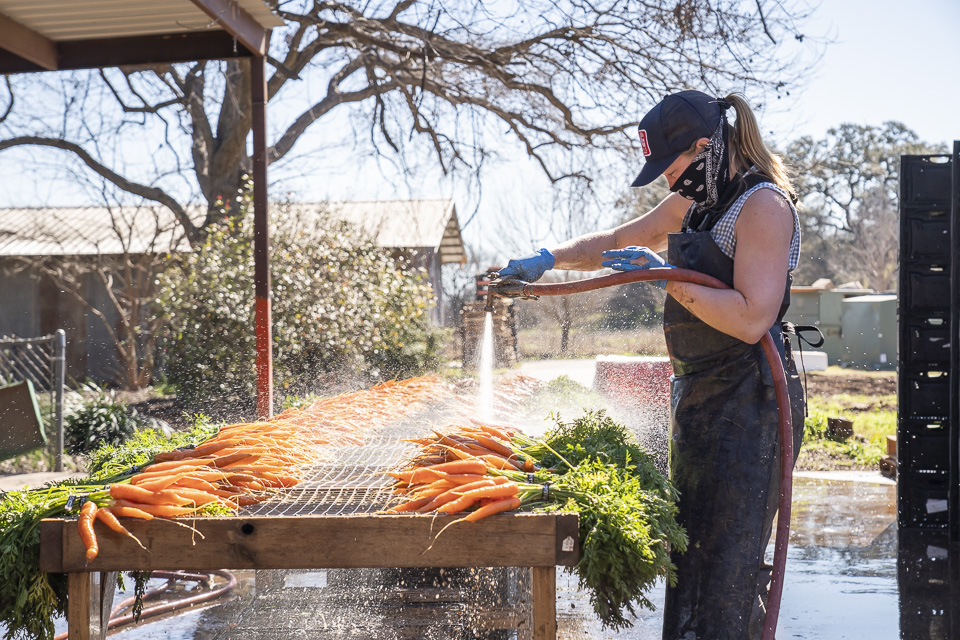 Photo by Scott David Gordon.
Photo by Scott David Gordon.STAFF PICKS: FEBRUARY 2021 EDITION
02/05/21 — Ada Broussard
THE FARM:
>>Word on the street is our friends at Chop Chop might be making a permanent special that includes some JBG produce. If you haven't had this fresh-take on instant ramen, you should try it!
>>Our vegetables have been getting quite the attention lately, being featured in this taco salad recipe on Fox 7 and here also on a Studio 512 unboxing segment. Despite all the celebrity attention, we're happy to report the veggies are staying grounded and remain connected to their roots.
>>Last, but certainly not least, we wanted to share links to two fundraisers happening right now, both put in place to help two farmers in our area pay for unforeseen medical bills. If you've enjoyed the eggs that come along with our CSA, there is a good chance they came from Humble Rooster and were collected by Nathan Hicks, the farm manager. Nathan was recently diagnosed with stage 2b seminoma testicular cancer and is undergoing treatment now. You can help him and his family out with medical bills here.
>>The second campaign is for Marisol, a farmer and farm owner here in Central Texas that was injured last January in a horse-riding accident. Marisol's ability to farm has been seriously hindered by this horse-riding accident, and any support to help squash these medical bills is greatly appreciated.
FAWN:
In this oh-so-interesting of times, my favorite things are also things that keep me chill, help me breathe, and alleviate stress. I've made an extra effort to get in moments of tai chi - breathing and gentle body movements for the win! Evening teas containing reishi, tulsi, lemon balm, skullcap, etc are so lovely.
One of my favorite shows for the past 10 years - RuPaul's Drag Race - has a new season airing right now. And I am reading Entangled Life by Merlin Sheldrake, as well as finally getting around to reading Dune! Delving into other worlds is a little escapist, yes, but it somewhat scratches an itch to travel.
ADAM:
Little Thailand out in Del Valle slaps! It's a super unassuming spot near the farm off of 71, but they can bring the heat and even do that herby-Northern Thai style. Next time you venture out to this corner of town (upcoming transplant sale, duh :) stop in and try their tod mun plaa and larb.
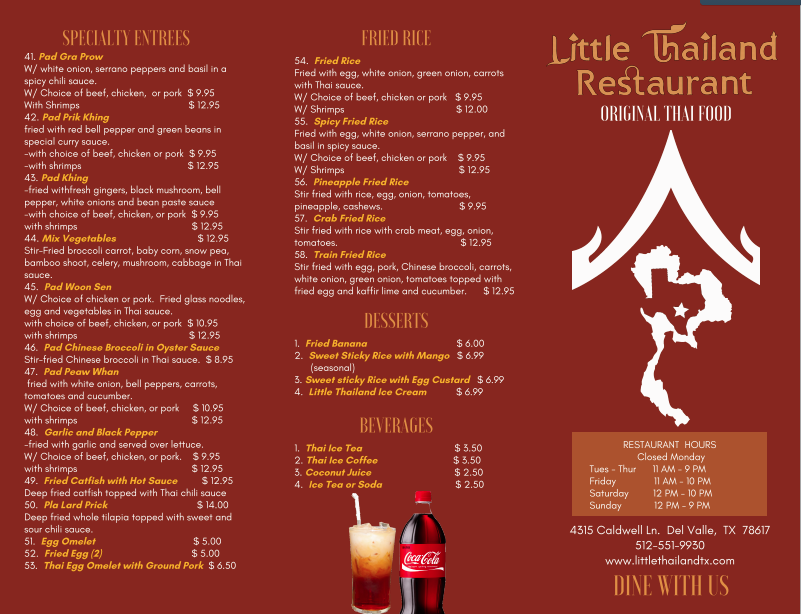 1 of 2 menu pages from Little Thailand. This spot has been a JBG farm-favorite for a long time! If you like Thai food, you've got to give them a try.
1 of 2 menu pages from Little Thailand. This spot has been a JBG farm-favorite for a long time! If you like Thai food, you've got to give them a try.
ADA:
Coming up on Feburary 14th, I'm teaching a virtual cooking class through my side-gig, Club Home Made. This class will benefit our friends and farm-neighbors, Farmshare Austin and help support their wonderful food access and farmer-training initiatives. It's been a while since I've put on my cooking-club hat, and I'm pretty excited to see how this Zoom thing goes! Lots of amazing ingredients from sponsors, like JBG :), that will come together to form an amazing menu. Tickets for this funnnnraiser here.
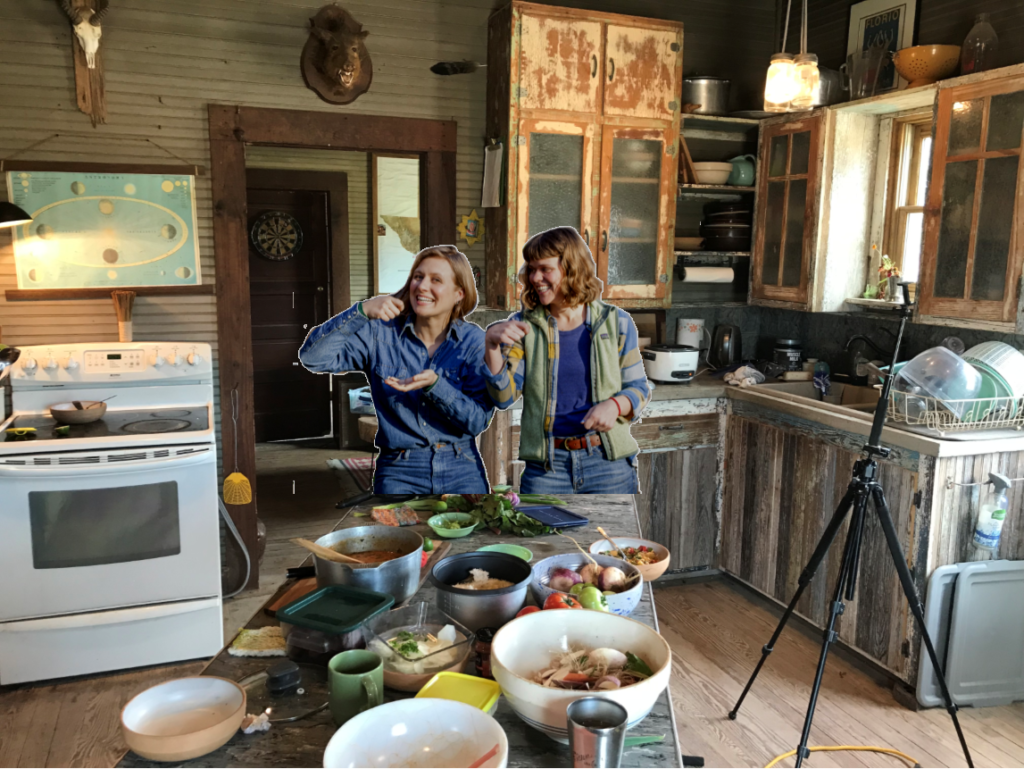 We'll be Zoomin from our kitchen! Here's a preview of what you can expect! Join us, why don't ya!
We'll be Zoomin from our kitchen! Here's a preview of what you can expect! Join us, why don't ya!
Speaking of online cooking classes, I recently watched a video where chef Adrien Lipscome (A Texas-native) showed us how to cure bacon at home. The bacon lesson was awesome, but really I want to shine a light project Adrien started called 40 Acres and a Mule. This project's goal is to raise capital to buy farmland for Black farmers. Access to land is one of the biggest impediments for Black farmers, with so much farmland under production, today originated from inheritance. Learn more, and donate if you can, here.
A:
One of my favorite spots is Austin Animal Center. Where I just got my dog Ghost! They are currently waiving all adoption fees and are completely contactless. (It was weird at first but it works!)
I also want to recommend my newest tattoo artist Merrin! She's the shop manager at Love Shop Tattoo and she's great. Mer specializes in contemporary tattoos and does dope line work. I got myself a lil switchblade, with my 2 best friends.
COURTNEY:
As the pandemic hit and work with the public became unsure, I saw an ad for delivery driving for JBG. I couldn’t imagine how much I’d love the job till I was called back to my career (welding) and missed the days on the road, smelling veggies in the car all day, and those sunrises! These days I’m only on call for farmers markets so I don’t see the trucks, the office staff, or the packagers as much anymore (those are some hard-working folks) Regardless I have a deep love and gratitude for JBG helping me get a good headspace back and revitalizing my love for life through being on the road and getting people their amazing veggies! Thank y’all and miss y’all
Also collard green pesto I made by mistake and couldn’t be happier~
TAWNY:
I volunteer with an organization called Inside Books Project. It’s a fully volunteer-run organization that provides books and other reading materials to prisoners incarcerated in Texas. The U.S has the largest prison population in the world and Texas ranks in the top 10 highest incarceration rates in the U.S. With prison sentences disproportionately affecting people of color, it’s no surprise that all of the top 10 ranking states are in the south. Inside Books strives to alleviate some of the social inequality found in our prison system by providing books, both for entertainment and educational purposes, to prisoners.
From the organization's website: "Inside Books believes that every prisoner has the right to quality reading and educational materials, and that reading, learning, and self-expression are invaluable opportunities that are too often denied to Texas inmates. Cuts to prison education programs and libraries continue to highlight the emphasis on punishment over rehabilitation. The benefits of literacy in inmates’ post-incarceration lives are well-documented, and evidence points to a beneficial relationship between additional reading and increased literacy.”
It’s truly incredible the resources we’ve been able to provide people in prison. From trade manuals to facilitate post-incarceration plans, to addiction and mental health resources and legal resources to novels simply for entertainment. I like to think of it as putting together little literary care packages.
Unfortunately, due to Covid, volunteer nights are limited to established volunteers right now but people can learn more about our mission, donate funds and donate books!
ANDREW:
Nikki and I got engaged finally. Also dropping a new album on February 12th. Oh, and I'm getting a new puppy. I've wanted this dog to have puppies forever too Haha.

SCOTT:
I recently restarted my podcast called Austin Art Talk after an 8 month Covid hiatus and will be sharing in-depth interviews with Austin’s creative community. Find it wherever you listen to podcasts or at austinarttalk.com. I have also started a habit of posting more of my photography, writing thoughts and ideas, and talking about all the books that I read and listen to, on my website scottdavidgordon.com. All part of a daily creative practice I started three months ago. Have a listen and take a look!
HEYDON:
Unveiling my dog's breed lineage via Embark. I highly recommend people to use this service if they are curious about their pup's bloodlines. I've even connected with my dog Baby's real-life relatives!
KI
My favorite thing to do after a long, hard day's work on the farm is to jump on the trampoline we have here and make myself even more tired!
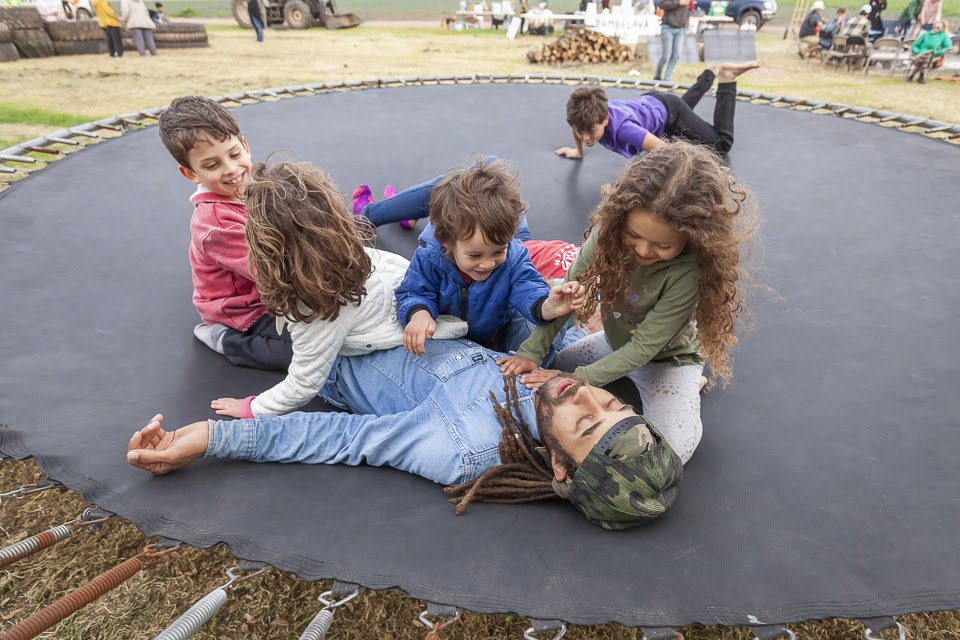 Farmer Tracy enjoying the farm trampoline back in March of 2019.
Farmer Tracy enjoying the farm trampoline back in March of 2019.
ISABEL
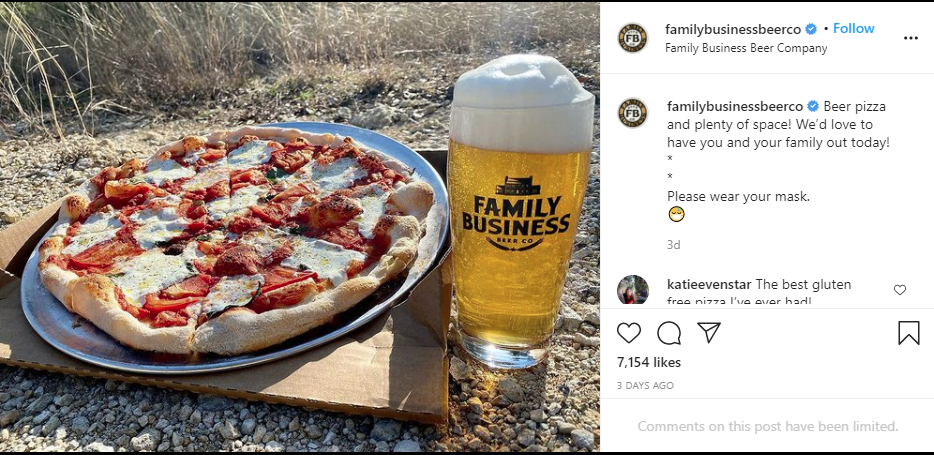
GIANNA
I've been loving walking the trails around Lady Bird Lake. (What's not to love?!)
 Photo courtesy of Austin Community Impact.
Photo courtesy of Austin Community Impact.
HOMEMADE BABY PURéES MADE EASY
02/03/21 — Ada Broussard
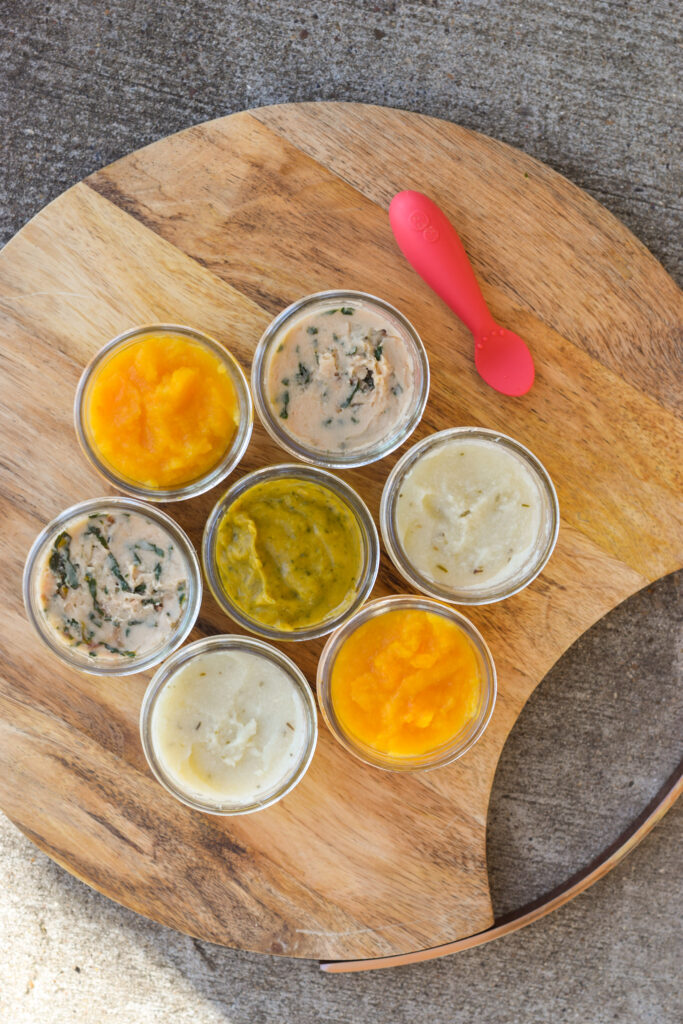 A rainbow of puree! Photo by the Migoni Kitchen.
A rainbow of puree! Photo by the Migoni Kitchen.
Recipe and photo and baby by the Migoni Kitchen
We have been so ecstatic to introduce the world of food to our little one. I think many new parents are intimidated by preparing food for their children, and we wanted to share how we use our box of organic fresh veggies to make tasty purees for our baby Mila!
General Tips:
- No special equipment needed! We have been using our mini food processor and it’s worked great. So, don’t waste your money on special “baby food makers”.
- Make small batches and then freeze leftovers. We use these jars for storing.
- If the consistency is too thin, you can add some baby cereal to thicken it. If too thick, thin out with reserved liquid from steaming or boiling or breastmilk/formula.
- Don’t be afraid to add in some herbs or spices (non-spicy, i.e. cinnamon, cumin, curry powder) to add more flavor. Avoid adding salt or sugar, however.
Method:
- Thoroughly wash and (if needed) peel your desired fruit or vegetable.
- Roughly dice and add into a small saucepan with just enough water to cover the fruit or vegetable. Do not use more water than needed.
- Next, simmer with the lid on for 10-20 minutes or until the fruit or vegetable can easily be pierced with a fork.
- Strain and reserve the liquid.
- Add fruit/vegetable to the food processor and pulse. Add reserved liquid in small quantities until desired consistency is reached.
- Finally, place into jars and refrigerate until ready to use or freeze once cooled.
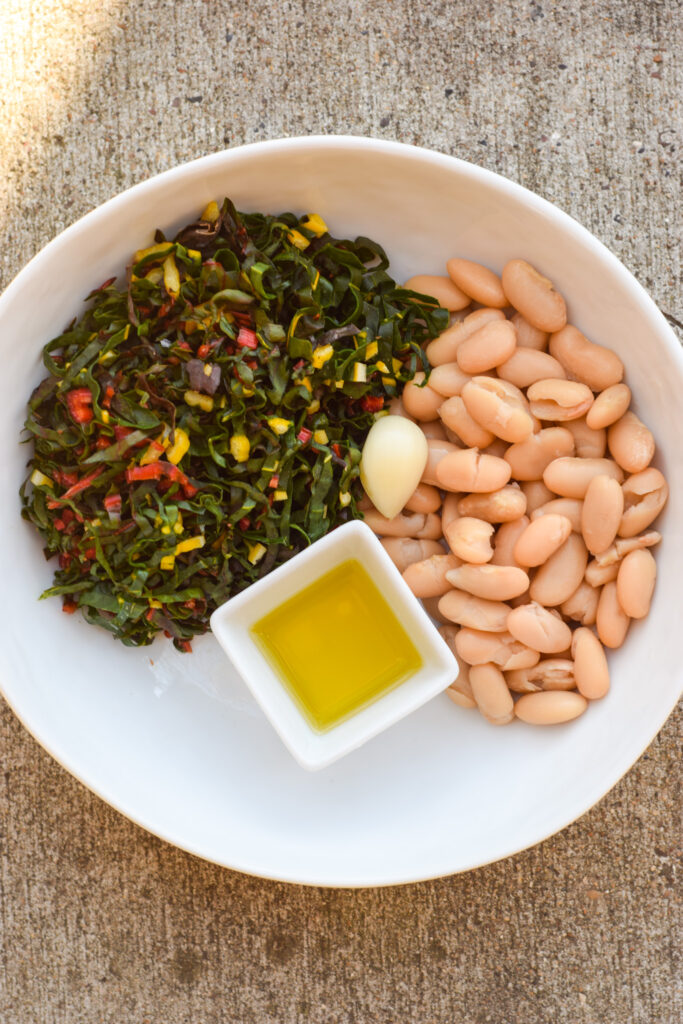 The pre-puree version of this dish looks pretty delicious, too! Photo by Summer Migoni.
The pre-puree version of this dish looks pretty delicious, too! Photo by Summer Migoni.
Favorite Combinations:
- Apples and Carrots (1/2 apple, 1 large carrot = 2 jars)
- Cauliflower and Potato with Rosemary (1/4 large russet potato + 1 cup cauliflower florets = 3 jars)
- Pear and Spinach (1 pear + handful of spinach = 2 jars)
- Sweet Potato and Kale (1/2 small sweet potato + handful of kale = 2 jars)
- White Beans with Chard
- Red Lentils with Collard Greens
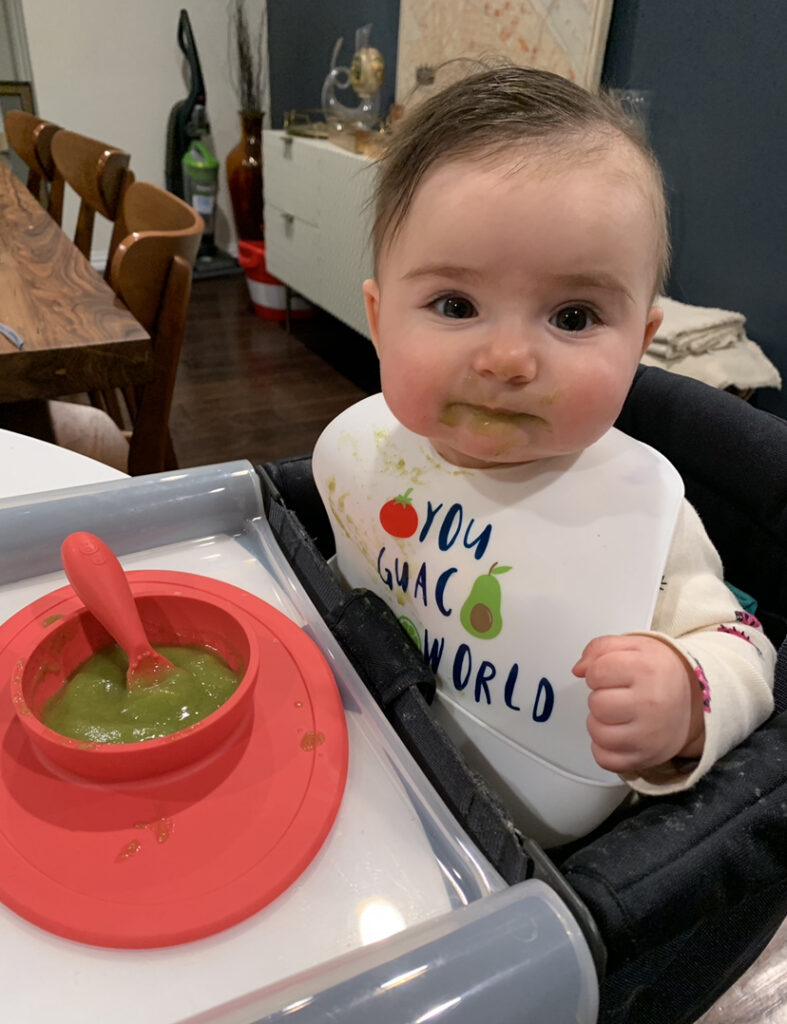 Mila looking extra cute enjoying white bean and chard!
Mila looking extra cute enjoying white bean and chard!CSA BOX CONTENTS WEEK OF FEB 1ST
01/29/21 — Farm
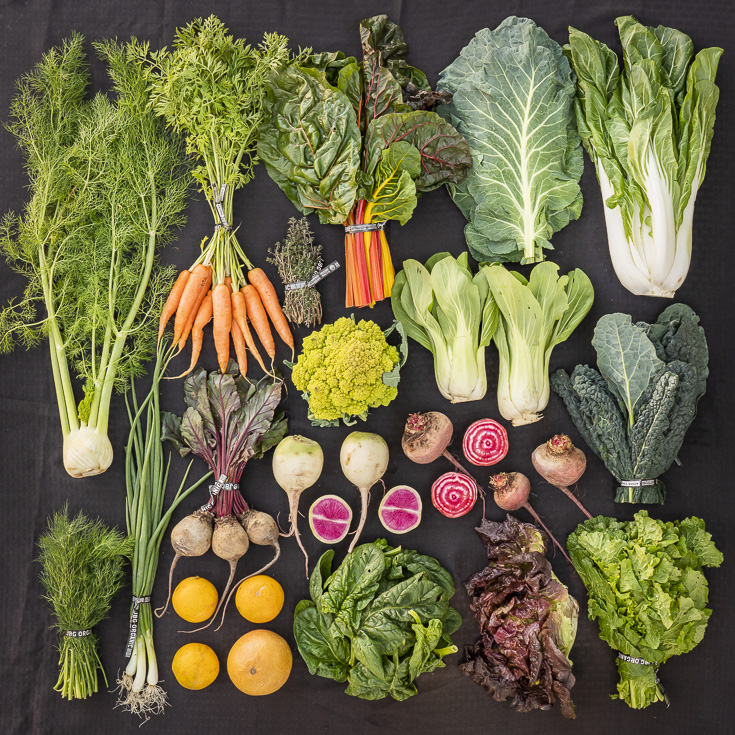 CSA Box Contents Week of Feb 1st
CSA Box Contents Week of Feb 1st
Individual: Cauliflower, Beet, Carrot, Chard, Collard Greens, Baby Bok Choy
Small: Cauliflower, Roasting Bag, Dry Herb, Spinach, Mustard Greens, Spring Onion, Dinosaur Kale
Medium: Cauliflower, Beet, Red Leaf Lettuce, Fennel, Spring Onion, Dry Herb, Spinach, Collard Greens, Carrot
Large: Cauliflower, Beets, Red Leaf, Fennel, Spring Onion, Farmer's Choice Herb, Cabbage, Mustard Greens, Carrot, Baby Bok Choy, Swiss Chard, Radish
A BRIEF HISTORY OF CSAS IN THE UNITED STATES
01/29/21 — Ada Broussard
In 2004, Brenton Johnson grew the biggest backyard garden of his life. This garden, in fact, overtook his front, side, and back yards. Initially, Brenton sold the first official JBG produce at SFC’s Downtown Farmer’s Market, but soon after that, Brenton started our CSA Program. The neighbors, after all, were curious and wanted to know how they could sample some of the produce they had been admiring from the Holly Street sidewalk. This early iteration of our CSA had just 30 members, and its origins inspired our farm’s name as well as our nearly 17-year CSA history! But, where did CSA Programs, themselves, originate?
![]()
The earliest roots of CSA Programs in the United States can be traced back to Dr. Booker T. Whatley (pictured below), a horticulturist, author, and professor at Tuskeegee University in Alabama. In addition to advances in the field of regenerative agriculture, horticulture, plant breeding, cover cropping (and so much more), Whatley published what he called the “10 commandments” for a successful farming enterprise. One such commandment was the idea of a “Clientele Membership Club” in which members paid upfront for a portion of a farmer’s harvest. By signing up members at the beginning of a season, farmers are able to pay for necessary season-starters like seeds and equipment…. without having to take out a loan from a bank. Sound familiar? Whatley’s model included options for Pick-Your-Own memberships, and both the CSA and Pick Your Own movements of today can thank Whatley for his ingenuity in the 1960’s and 70’s.
![]() Booker T. Whatley
Booker T. Whatley
After graduating from Alabama A&M University with a B.S. in agriculture, Whatley was drafted into the Army during the Korean War where he traveled to Japan and managed a hydroponic farm that was established to feed the U.S. troops in the area. In 1957, Whatley finished his service and enrolled at Rutgers University where he earned a doctorate in horticulture. (In 1989 he earned a law degree from Alabama A&M, as well). At around the same time Whatley was developing his Clientele Membership model, women in Japan founded the Teikei system - another cooperative-based system that connected farmers directly with consumers. During this same period, farm cooperatives and mutually-supportive systems of agriculture were gaining popularity in Europe, largely influenced by Rudolph Steiner’s writings on the subject.
In 1986, a farm in Massachusetts called Indian Line Farm was established as well as one in New Hampshire called Temple-Wilton Community Farm, both of which used the term CSA, or Community Supported Agriculture, for the first time. Many cite these two farms and their European influence as the origins of the CSA Model in the United States, an attribution that grossly overshadows Whatley’s contributions and ingenuity which blossomed years before. Sadly, this overshadowing is a common theme for BIPOC farmers in our country. It should be no surprise that we’re superfans of the CSA Model, and we aim to shed some light on the true history of this farming model. And maybe we’re the only ones who geek out on the history of CSA models? The remarkability of Dr. Booker T. Whatley is hard to deny, however. We’re looking forward to a bountiful spring, which is almost here. This season, we raise our farm coolers to Whatley - without whom the CSA movement may have not taken off in the United States. If you're a CSA member reading this, we hope you know how genuinely thankful we are for your decision to support our farm and our Community Supported Agriculture program. There are around 100 farm employees and around 200 acres of farmland that are grateful for your support. As always, thanks for reading!
![]()
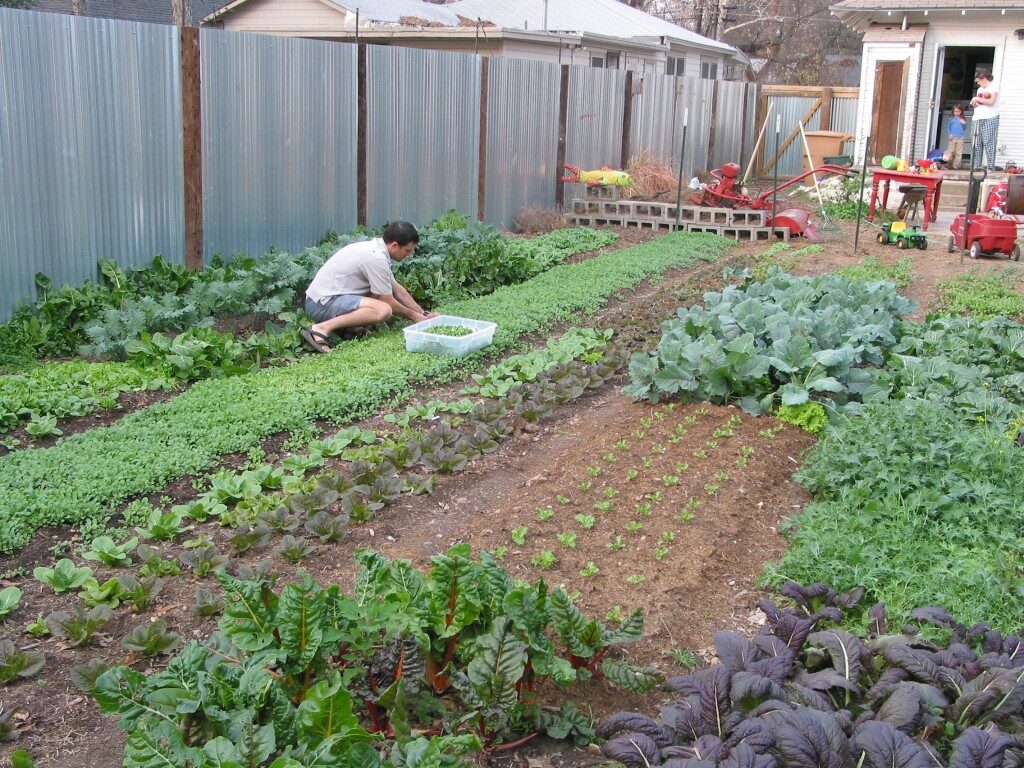
The earliest roots of CSA Programs in the United States can be traced back to Dr. Booker T. Whatley (pictured below), a horticulturist, author, and professor at Tuskeegee University in Alabama. In addition to advances in the field of regenerative agriculture, horticulture, plant breeding, cover cropping (and so much more), Whatley published what he called the “10 commandments” for a successful farming enterprise. One such commandment was the idea of a “Clientele Membership Club” in which members paid upfront for a portion of a farmer’s harvest. By signing up members at the beginning of a season, farmers are able to pay for necessary season-starters like seeds and equipment…. without having to take out a loan from a bank. Sound familiar? Whatley’s model included options for Pick-Your-Own memberships, and both the CSA and Pick Your Own movements of today can thank Whatley for his ingenuity in the 1960’s and 70’s.
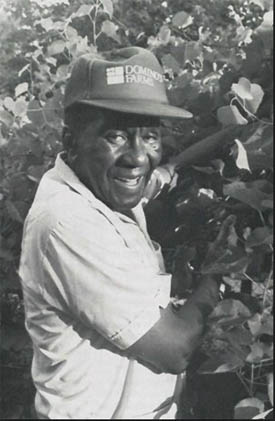 Booker T. Whatley
Booker T. Whatley
After graduating from Alabama A&M University with a B.S. in agriculture, Whatley was drafted into the Army during the Korean War where he traveled to Japan and managed a hydroponic farm that was established to feed the U.S. troops in the area. In 1957, Whatley finished his service and enrolled at Rutgers University where he earned a doctorate in horticulture. (In 1989 he earned a law degree from Alabama A&M, as well). At around the same time Whatley was developing his Clientele Membership model, women in Japan founded the Teikei system - another cooperative-based system that connected farmers directly with consumers. During this same period, farm cooperatives and mutually-supportive systems of agriculture were gaining popularity in Europe, largely influenced by Rudolph Steiner’s writings on the subject.
In 1986, a farm in Massachusetts called Indian Line Farm was established as well as one in New Hampshire called Temple-Wilton Community Farm, both of which used the term CSA, or Community Supported Agriculture, for the first time. Many cite these two farms and their European influence as the origins of the CSA Model in the United States, an attribution that grossly overshadows Whatley’s contributions and ingenuity which blossomed years before. Sadly, this overshadowing is a common theme for BIPOC farmers in our country. It should be no surprise that we’re superfans of the CSA Model, and we aim to shed some light on the true history of this farming model. And maybe we’re the only ones who geek out on the history of CSA models? The remarkability of Dr. Booker T. Whatley is hard to deny, however. We’re looking forward to a bountiful spring, which is almost here. This season, we raise our farm coolers to Whatley - without whom the CSA movement may have not taken off in the United States. If you're a CSA member reading this, we hope you know how genuinely thankful we are for your decision to support our farm and our Community Supported Agriculture program. There are around 100 farm employees and around 200 acres of farmland that are grateful for your support. As always, thanks for reading!
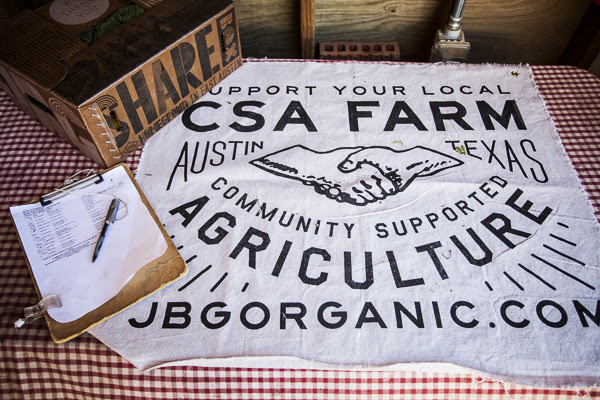






 0 ITEMS IN CART
0 ITEMS IN CART 

